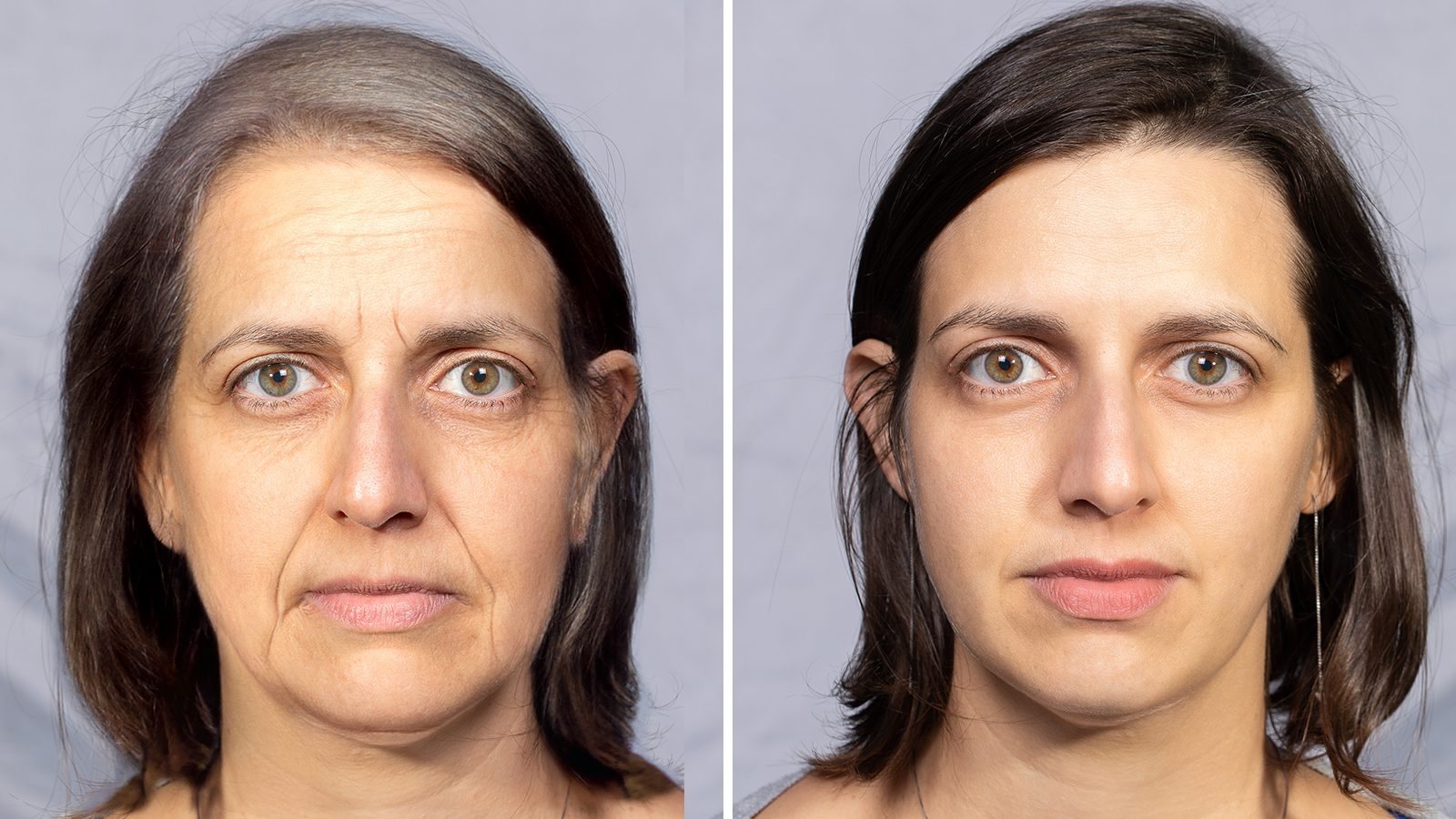You know that you need to exercise to keep your body in top shape, but did you know that a lack of movement can result in a disorder? It’s called exercise deficit disorder or EDD. That term refers to someone who lacks sufficient levels of physical activity. However, you will find a silver lining: add exercise to your daily routine and increase your odds of staying healthy for longer.
There’s an urgency for physicians to identify children who are predisposed to conditions like obesity, as good habits start in childhood. According to an article published by the National Library of Medicine, pediatricians who see this trend suggest more exercise to offset the extra pounds.
Though this is a literature diagnosis only, the growing rate of obesity among children and adults is an issue doctors should not ignore. Another article published by the National Library of Medicine explains that one in five children is obese. The diagnosis grows more severe in minority communities, where children have less access to healthy foods.
Adult statistics are even worse. Since 1975, the rate of adult obesity in this country has tripled. The CDC states that seven out of every ten adults fit into the obesity category, and some of these folks are higher on the spectrum in the super morbidly obese weight range. To be overweight means your BMI must be between 25-30, but doctors consider you obese when it’s above 35.
Those who are super morbidly obese have a BMI greater than 50. While a big part of the problem is that adults and children don’t eat healthy meals, the other significant component is that they don’t exercise. Genetics plays a role in the equation, but moving your body more is the most powerful way to combat genetic elements.
Five Common Ailments Caused by Exercise Deficit Disorder
You’re not burning calories and fat when you don’t move your body. It’s easier to reach for a bag of chips or a soda while binge-watching your favorite shows or playing video games, and thus a sedentary lifestyle is born. Here are five common diseases caused by a lack of physical activity.
1. Exercise Deficit Disorder Causes Type 2 Diabetes
There are two types of diabetes, and juvenile or type one comes from genetics. You can’t develop type one from a lack of exercise. However, type 2 diabetes is usually a direct result of obesity. Understandably, some people with diabetes aren’t overweight, but carrying more weight around your midsection increases your risk factors.
In type 2 diabetes, the body makes insulin, but the insulin absorbs into the fat cells rather than controlling your glucose. Thus, it cannot be used efficiently. The pancreas produces insulin and combats the sugars and starches in your foods. Doctors measure the glucose in your system using the hemoglobin A1C or HbA1c test, which takes a reading based on the past three months.
According to the CDC, your numbers need to be below 5.7 percent to be considered within range. When you’re above 7 percent, you’ll be officially diagnosed. The first course of treatment is to get more exercise and eat better meals.
Simple things like cutting carbs can make a huge difference. Many people can put their type 2 diabetes in remission by simply making lifestyle changes.
2. Hypertension
Hypertension or high blood pressure is a deadly disease. Indeed, it often accompanies exercise deficit disorder because the excess weight causes more strain on the heart. Your blood pressure will vary throughout the day as it rises and falls with activity.
However, you’ll be diagnosed with hypertension when your number consistently stays above 140/90. Any blood pressure above 180/100 is considered an emergency, especially if it remains this high for an extended period.
The top number is the systolic pressure, and the bottom is diastolic. The top number shows how much force is in the arteries as your heart pumps. The bottom number indicates the power in between each beat of your heart.
Hypertension is nothing to mess around with, and it’s often an indication of something else in the body. Your heart is a muscle, and muscles must work harder under stress, so it’s only natural for this major organ to enlarge when working overtime. Having an enlarged heart is another common problem with high blood pressure and artery issues.
3. Heart Disease
Heart disease is confusing for some people as it doesn’t encompass just one condition. Instead, heart disease is several issues that can develop within the heart. According to the CDC, the most popular one is coronary artery disease or CAD, and more than 382,820 people died in 2020 from this condition.
CAD is a condition where the blood flow to your heart is compromised due to a narrowing of the arteries. The arteries cannot get the appropriate amount of blood to the heart, so it puts you more at risk for a heart attack or a stroke. Other conditions include arrhythmias and diseases of the heart muscle.
The heart can only take so much strain, and the more weight you have on your system, the harder it must work to keep up. Exercise deficit disorder causes the heart to become diseased over time, leading to untimely death. Heart disease can cause shortness of breath, palpitations, and even fainting as the blood flow slows down due to the illness.
A heart attack occurs when the blood supply is reduced, and the heart cannot function properly. These attacks can be mild or massive, and many people don’t survive these myocardial infarctions. Even diabetes can weaken the heart, so eating and exercising are imperative to prevent heart disease.
4. Stroke
The brain is a significant organ that you need to live. It’s like your central processing unit or hard drive for your body. If something short circuits in your brain, you feel the effects.
The brain needs plenty of blood flow to keep things working, as the blood provides oxygen. A stroke occurs when blood can’t reach the brain due to a condition with the arteries or a blood clot. A TIA or transient ischemic attack may occur if some blood is getting through but not sufficient. These are mild strokes that don’t cause permanent damage.
However, a massive stroke is inevitable when a clot blocks the brain. According to the Mayo Clinic, a patient may have many TIAs that try to warn them that there’s a problem, such as a blocked artery. These may occur as much as 24 hours before a significant episode occurs.
Exercise deficit disorder puts you at greater risk for dangerous conditions, but the remedy is easy. All you need to do is move more and eat healthier, and you can combat many of these grave issues.
5. Mental Health Disturbances
When considering the effects of exercise deficit disorder, one thing many people don’t think about is their mental health. A sedentary lifestyle can cause significant mental disturbances as your body needs fresh air, oxygen, and exercise to keep your feel-good hormones flowing. Many people who struggle with anxiety and depression think the answer is in medication, but the truth is that many people need to move more.
Exercise deficit disorder comes from simply not moving enough. Sitting for more than eight hours of your day can cause you to feel fatigued, have uncontrolled stress, and fight other mental disturbances. Your body needs activity and motion; sitting for long periods will cause significant issues like diabetes.
When you have a desk job that requires you to be immobile, you need to get up every hour or so and move your body. Exercise deficit disorder doesn’t happen overnight, but it’s a process of living a lifestyle that’s not healthy and destroys your body. It will catch up with you if you get by in your twenties or thirties.
Five Exercises That Can Reverse Exercise Deficit Disorder and Help You Live a Long and Healthy Life
Dr. Marwa A. Ahmed, M.D., M.S., from Harvard University, writes the following about the value of exercising 150 to 300 minutes per week:
“Exercise provides a remarkable variety of health benefits, which range from strengthening bones to positive effects on mood and helping to prevent chronic illnesses such as diabetes and heart disease. Research dating back to the late 1980s has consistently shown that aerobic fitness may help extend lives.”
Try These Five Exercises:
Dr. Ahmed suggests these cardiovascular exercises and strength training activities for a healthier heart and longer life:
- Walking: A JAMA study of treadmill walkers showed increased health for participants of every age, from eighteen to eighty. No treadmill, no problem. Put on a pair of sturdy walking shoes and cruise your neighborhood on foot.
- Resistance band training: Adding resistance training twice weekly can help you maintain better health by strengthening your muscles. Resistance bands are affordable and empower you to train at home–no extra cost for a gym membership or bulky weight equipment. The key to resistance band training is consistency–a study found a group of older adults showed overall reduced frailty after using resistance bands after 24 weeks.
- High-Intensity Interval Training (HIIT): If you have little time and are physically able, a HIIT workout uses brief rounds of strenuous activity and short rest periods instead of longer, sustained workouts. A study showed participants reaped the same health benefits of a longer cardiovascular workout.
- Swimming: Do you have access to a pool? Then consider swimming or water aerobics. Water cushions you from the impact of exercise, making it ideal for those with joint pain. One study also suggests that a regular swim can decrease inflammation.
- Bicycling: Riding a bike can get your heart pumping. But an NIH fact sheet notes that it also provides stress relief, general physical fitness, and supports healthy weight goals–all necessary for a fitter life.
Final Thoughts on Exercise Deficit Disorder and the Activities Necessary for a Longer, Healthier Life
The physical inactivity epidemic sweeping across this country is shortening the lifespan of many. Never in all of history have Americans been so obese. The numbers keep going up as the number of fast food, and unhealthy offerings keep increasing.
People are too busy to make time for their health, but it’s coming at a severe cost. Exercise deficit disorder is not a medical condition yet, but it’s certainly gaining more attention from medical professionals. If physicians can be proactive and stop obesity from childhood by prescribing more exercise, it’s possible they can combat many of the issues caused by being overweight.
The average age for EDD appears to begin around six and continues into adulthood if not addressed. Researchers continue to explore this recently-identified condition. Once a child develops terrible habits in early childhood, it’s hard to break them. A parent that teaches their kids to eat healthily, move more, and not live a sedentary lifestyle is showing them tips for a successful, healthy life.



















